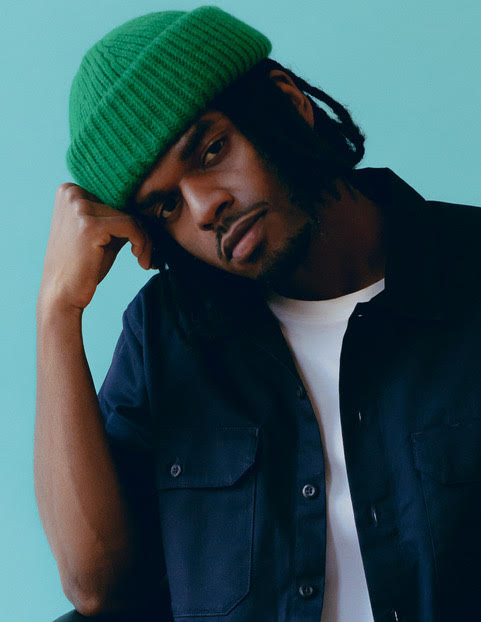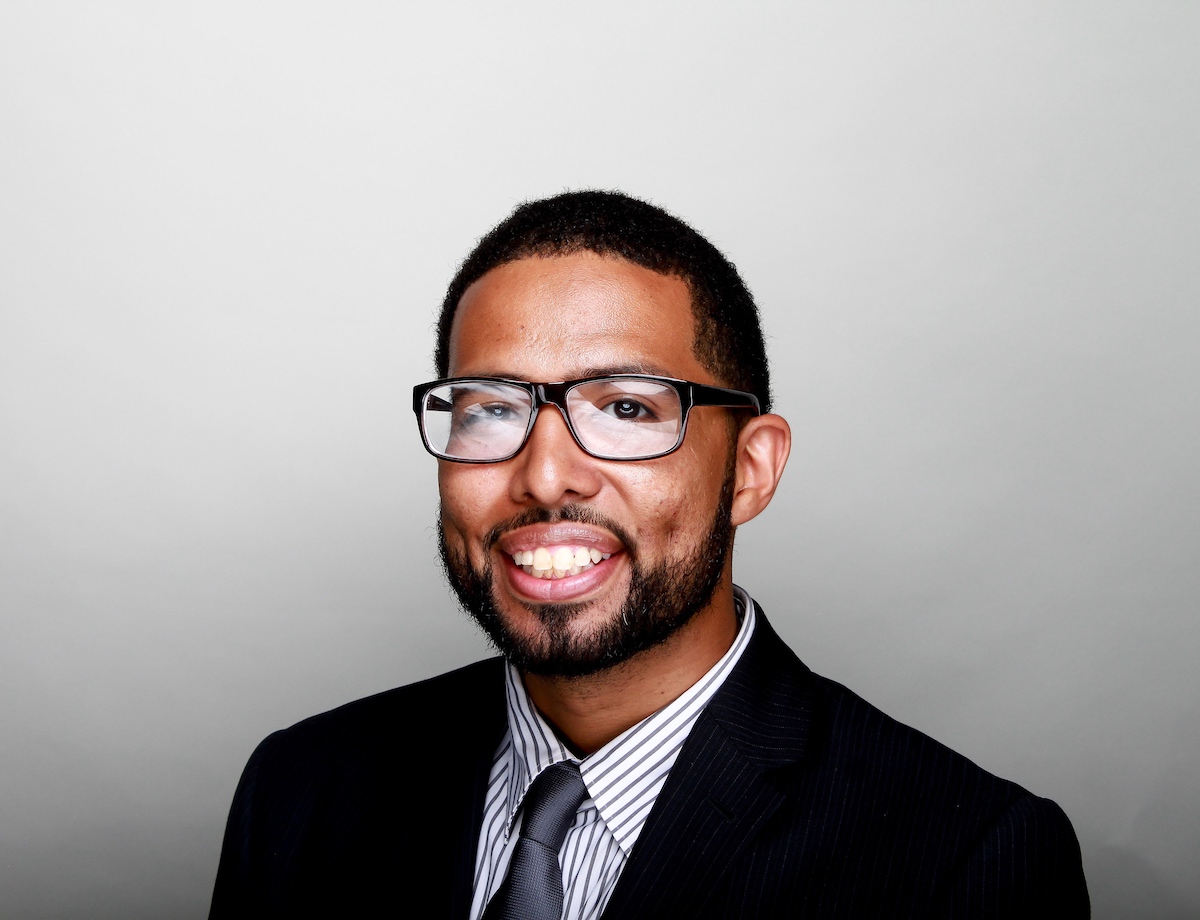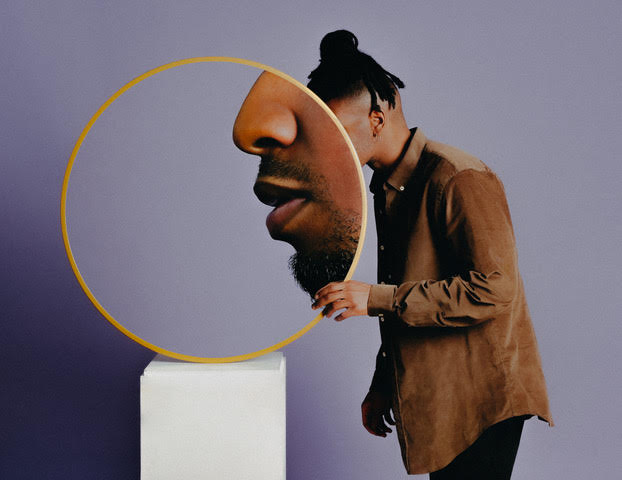Photographer and visual artist Aaron Ricketts has done work for major clients such as Netflix and Finish Line. But his latest business opportunity selling his work as a nonfungible token (NFT) made him $5,268 overnight — more money than he had made in the past for similar projects.
“I’ve sold work physically for hundreds of dollars, but never sold a piece for $5,000,” he told Technical.ly. “The fact that people were actually bidding for it completely blew my mind.”
My first NFT just sold for 2.88 ETH ($5,268.59).
I am shocked and beyond grateful. Looking forward to continuing this journey.
— Aaron Ricketts (@aaronricketts_) March 11, 2021
NFTs have recently captured the public’s imagination and involve a complicated combination of blockchain and user-to-user transactions. Compared to the physical art market, it has qualities that make it more appealing to some in the digital art community, especially, and make it a viable opportunity to earn revenue quickly. NFTs are a part of cryptocurrency Ethereum’s blockchain (though it’s possible that other blockchains can create their own forms of NFTs), and each NFT transaction is encrypted with information about its creators and buyers. NFTs can be anything digital, from images to music to a tweet.
Two things about NFTs in particular appealed to Ricketts: the community of artists selling work through the form, and the capacity for artists to also become collectors. After his first sale, Ricketts was compelled to pay it forward by tweeting to other artists and offering to retweet their NFTs for sale.
“After my first NFT sold, it just felt right to give back to somebody else,” he said. “That idea feels like a snowball effect. If you’re an actual collector or not, it’s awesome that this happens digitally because you don’t need a huge space for art. It’s like investing in anything or any other artist. NFTs are one-of-one and are unique.” (Nonfungible means, indeed, not fungible — not replaceable. And yes, anyone can see or make copies of a digital asset. The Verge has a good explainer on how this relates to ownership of the original digital token.)

Aaron Ricketts. (Courtesy photo)
The nonfungible quality of NFTs has already been optimized by brands like NBA Top Shot, a system of NFTs that allows buyers to purchase gifs of NBA highlights in “packs” as if they were trading cards. A Top Shot highlight featuring NBA superstar LeBron James has already sold for $200,000 and people have spent more than $230 million on Top Shot highlights overall.
When Ricketts first entered the world of NFT marketplaces, he used peer-to-peer app Opensea. But when he learned to navigate the space more fluidly, he switched to Foundation, where he has sold two NFTs so far and made approximately $8,000. Foundation requires an application from prospective users or a cosign. Ricketts also preferred its user interface and experience to that of Opensea.
An added advantage of artists selling their work as NFTs is the possibility to have equity in their work even after they sell it to buyers. Contracts are able to be ledged onto blockchain and can denote a percentage of a sale of a piece of work to be set aside for the creator, Ricketts said. This can ensure that artists can be paid in perpetuity like authors or songwriters who receive residuals for their work.
As digital artists and the public learn more about how to use NFTs, their use as a means to generate revenue will become more consistent. Ricketts is even getting in on NFT collecting himself:
Just added this piece from @giannilee to my collection 🔥https://t.co/MjCP2XvBkK
— Aaron Ricketts (@aaronricketts_) March 16, 2021
Michael Butler is a 2020-2022 corps member for Report for America, an initiative of The Groundtruth Project that pairs young journalists with local newsrooms. This position is supported by the Lenfest Institute for Journalism.
Join the conversation!
Find news, events, jobs and people who share your interests on Technical.ly's open community Slack

Philly daily roundup: Student-made college cost app; Central High is robotics world champ; Internet subsidy expiration looms

Philly daily roundup: Earth Day glossary; Gen AI's energy cost; Biotech incubator in Horsham

Philly daily roundup: Women's health startup wins pitch; $204M for internet access; 'GamingWalls' for sports venues


